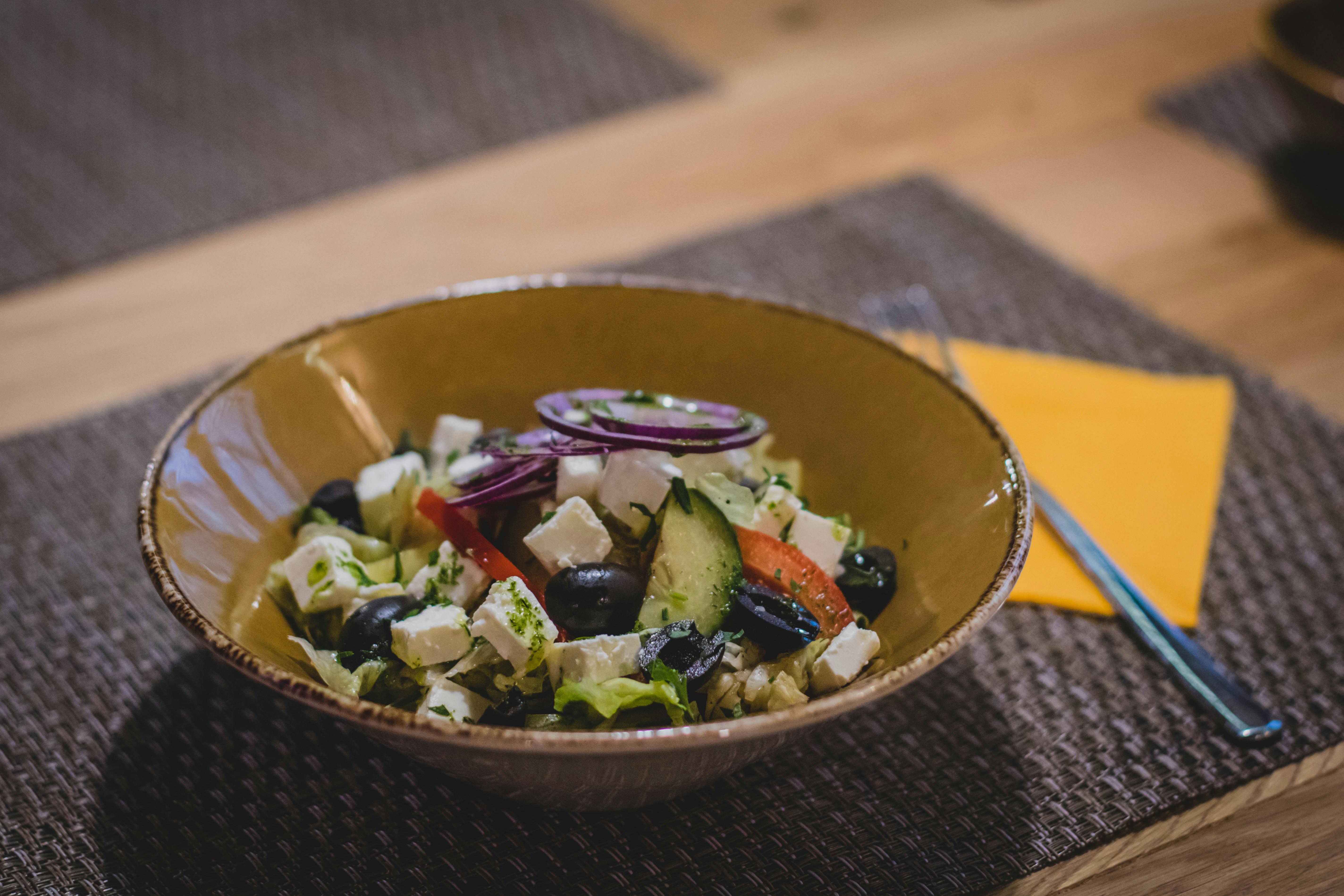Understand the pros and cons of a pressurized kerosene stove and other liquid fuel stoves
There are no real differences between the kerosene pressure stove, single fuel stove and multi-fuel stove except for the fuel and the fuel orifice that is used to deliver the fuel to the burner. The designs may be different, but we are still talking about a liquid fuel stove.
Most of the time, the fuel tank needs to be under pressure. So there is an initial pumping of the tank and then several times during the cooking.
Details to look for in a kerosene pressure stove and other liquid fuel stoves:
1. The style or design varies between the kerosene pressure stove and the single or multi-fuel stove.
2. Style and design also vary within each of the three categories.
- There are two basic designs for #1 and #2:
- The burner and the fuel tank are connected.
- The burner and the fuel tank are separated and connected by a hose.
3. Repairability: Is the stove easily repairable in the field?
- Any necessary tools?
- Are spare parts required?
- How easy is it to get spare parts before leaving on a trip?
- Are spare parts affordable?
4. How easy is it to increase fuel tank pressure?
- Are the parts made of good quality or cheap plastic? Do not forget that plastic is not always bad. It is light and can be very durable.
- Do your fingers fit into the pump or do they get pinched or pushed out of the way?
- Does it take a long time to build up pressure? This varies depending on the amount of fuel in the tank.
5. How easy is it to fill the fuel tank?
For stoves that have the fuel tank and burner attached, you should carry a spare bottle of fuel to pour into the tank. This can cause a fuel spill; both on you and on the ground.
For stoves that have separate burners and fuel tanks, the replacement fuel bottle becomes the new fuel tank. All you do is remove the caps and change the bottles.
- This means no spillage of fuel.
- No fuel spills
- Much cleaner and less fuel management.
6. A real pet peeve of mine is a short fuel adjustment knob. On some stoves, you nearly burn your fingers adjusting the fuel supply. Take a look at this feature and make sure you can adjust your fuel delivery without sacrificing any digits.
- Take a look at the base of the stove:
- It must be wide with extensible feet of 3 or 4 points.
- The base must be stable and easily adjustable to level the stove. This is usually done with a stone or a piece of wood. Some stoves may have adjustable legs.
7. Look at the cooking surface:
- How big of a pot will it hold and still be stable?
- This also applies to the weight of the pot when it is full.
8. Don’t forget the carrying case.
- It should be lightweight, contain everything including spare parts, and be flexible. It is best packed with a flexible sleeve.
9. Finally, does it come with a windbreak/heat reflector?
- It doesn’t really matter if you do or not, but you’ll still need one.
kerosene pressure stove
advantage
- Will not explode, flammable and therefore safer than other liquid, flammable fuels.
- Available worldwide and inexpensive.
- High heat-to-weight ratio
- The best stove to use in extreme cold climates
- Will not explode (flammable)
Cons
- can be very messy
- May smoke if not properly adjusted
- Smell
- It doesn’t boil well unless you raise the pot above the stove.
- Maintenance can be a concern
- Fuel storage
Monofuel and Multifuel Stove
advantage
Uses different types of fuel:
* Naphtha type fuels: Coleman Fuel, MSR Fuel, White Gas, Shellite, Fuelite, Zippo Fuel, Ronsonol Fuel, Heptane, Blazo, Cigarette Lighter Fluid and some Charcoal Lighter Fluid
* Unleaded petrol – HIGHLY NOT recommended; Emits very toxic fumes
* White Gasoline: This is gasoline in its purest form, with no additives.
1. Easier to find the fuel you need.
2. High warmth to weight ratio.
3. The best stove to use in extremely cold climates.
Cons
Multi-fuel stoves are more expensive than Mono-fuel models
- Less messy and evaporates much faster than kerosene or diesel.
- May smoke if not properly adjusted
- It doesn’t boil well unless you raise the pot above the stove.
- Maintenance can be a concern
- Fuel storage
- Will explode (flammable), except for kerosene and diesel
Kerosene Y Diesel can also be used in multi-fuel stoves. The same pros and cons still apply.
